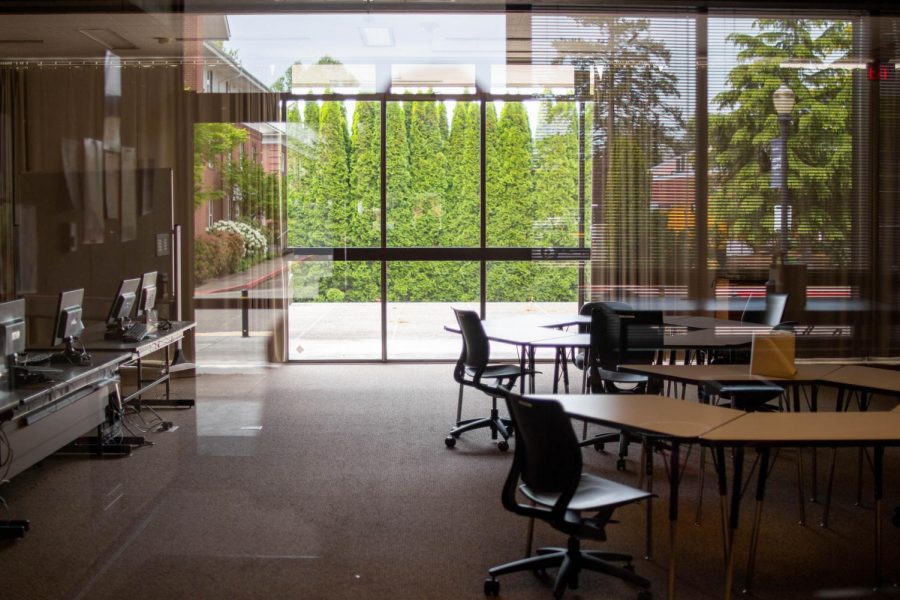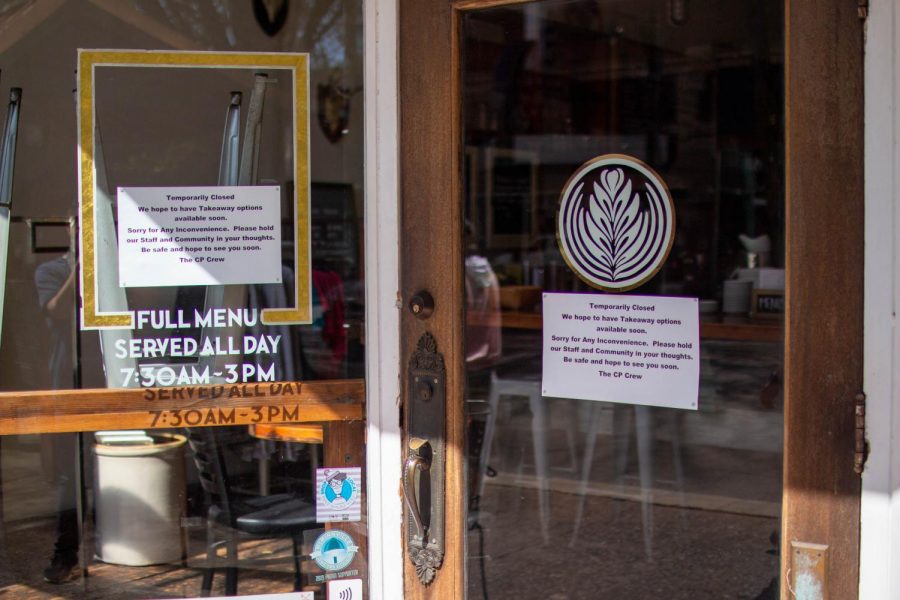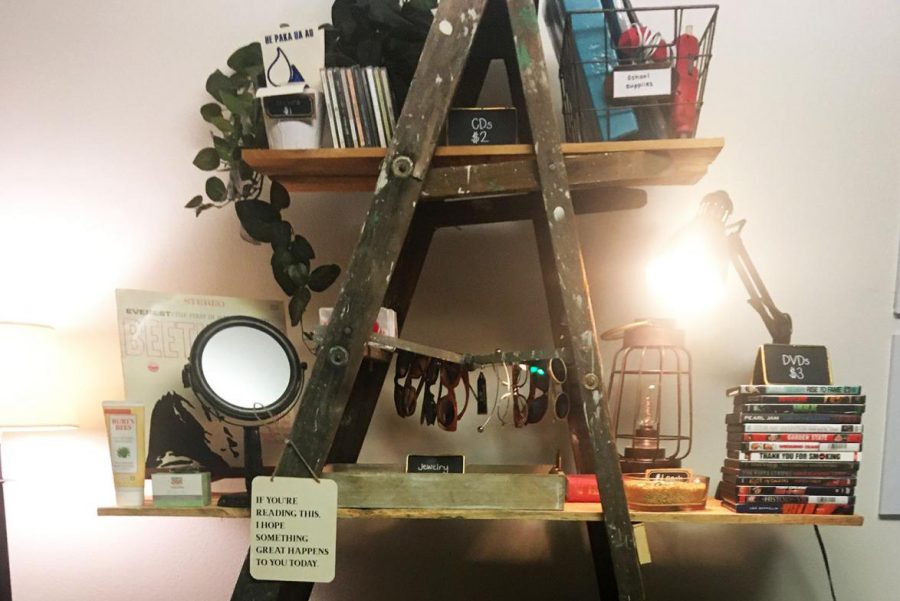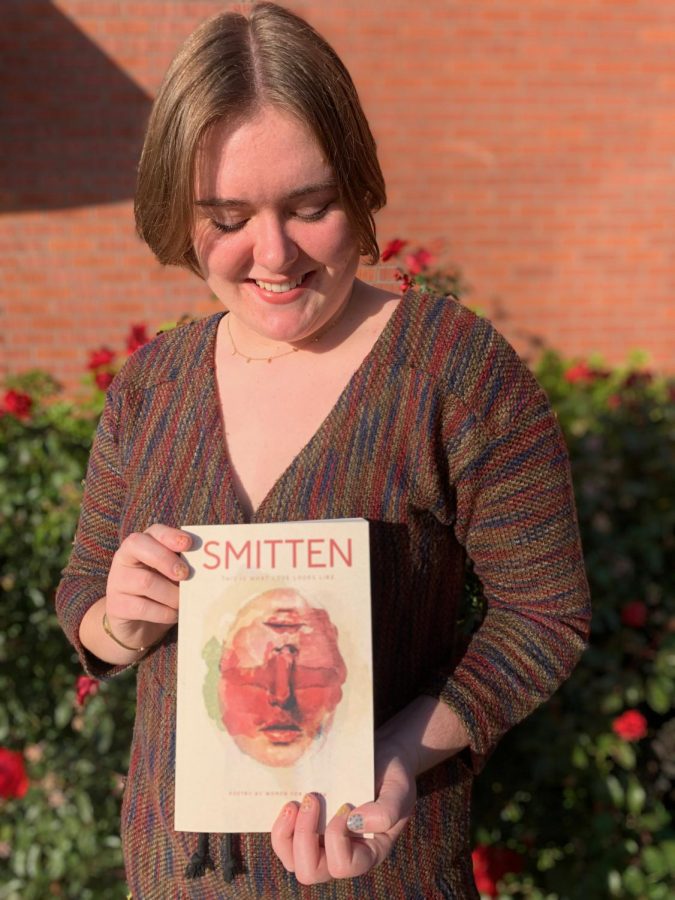Hard work and philanthropy have kept Linfield College alive since it was first founded. Four philanthropists had a great part in shaping Linfield into what it is today, from founding it to giving it its name to doubling its size.
The first of these philanthropists was named William T. Newby. Newby was one of the original settlers of Yamhill County, and he continued being a very important man in McMinnville as well as to the college, acting as one of its cofounders. He donated land for the first incarnation of Linfield’s building in 1858. This first incarnation was known as the Baptist College and was located where McMinnville’s First Baptist Church is today. Newby Hall is named after Newby.
Linfield could not exist in the five acres Newby had donated for forever, so when the opportunity arose, it moved to a place with more space. This space came to the college at a time when it was really necessary, and Samuel and Mahala Cozine donated it for one dollar.
“The college moved down here in the 1880s,” President Thomas Hellie, said.
Samuel had made his living as a blacksmith but followed the Gold Rush in 1848 and returned with $6,000. Mahala prompted him to make the donation to the college. Those 20 acres of land include where Pioneer Hall is now and where the Old Oak used to be. Cozine Hall is named for both of them.
Every single one of these donors helped create the Linfield of today, but it was Francis Linfield that gave the college its current name, not naming after herself but after her husband Reverend George Fisher Linfield. Francis owned land in Spokane, Wash. that she donated to the college. The college then sold the land to have enough money for
“She was one of the staff here actually. She was a very successful and shrewd businesswoman. [Her donation] came at a really critical time for the college. It put the college on a safe financial ground,” Hellie said.
The last of the four philanthropists hasn’t received as much recognition as the others. TJ Day graduated from Linfield and continued his relationship with the college until his death this last January.
“There are many buildings on campus he made multi-million dollar contributions to,” Hellie said.
These buildings include Renshaw Hall, Riley Center, Walker Hall, Vivian Bull Music Center and the Rutschman Field House.
“It wasn’t just all of those buildings. In the late 1990s, the southern part of campus was owned by Hewlett-Packard,” Hellie said.
Hewlett-Packard approached Linfield with a sales offer, but Vivian Bull, the president of that time, knew that the college did not have enough money to take up the offer. Linfield definitely required the space. Various trustees found a way to have Hewlett-Packard donate part of the land, but Linfield still needed more money.
“TJ went to the Keck foundation where he was a trustee, and he convinced them to make a multi-million dollar grant to Linfield for the purchase of the land. That really transformed Linfield. We went from a college that was really cramped for space to a college with more than enough,” Hellie said
Day then donated money for the building of the Vivian Bull Music Center in the land bought from Hewlett-Packard.
“TJ never wanted any credit. He always insisted he didn’t need the publicity,” Hellie said. “He was a real character. He loved fast cars. He was famous when he was a student at Linfield for driving fast and having the fastest cars,” Hellie said.
Gilberto Galvez/Features editor






